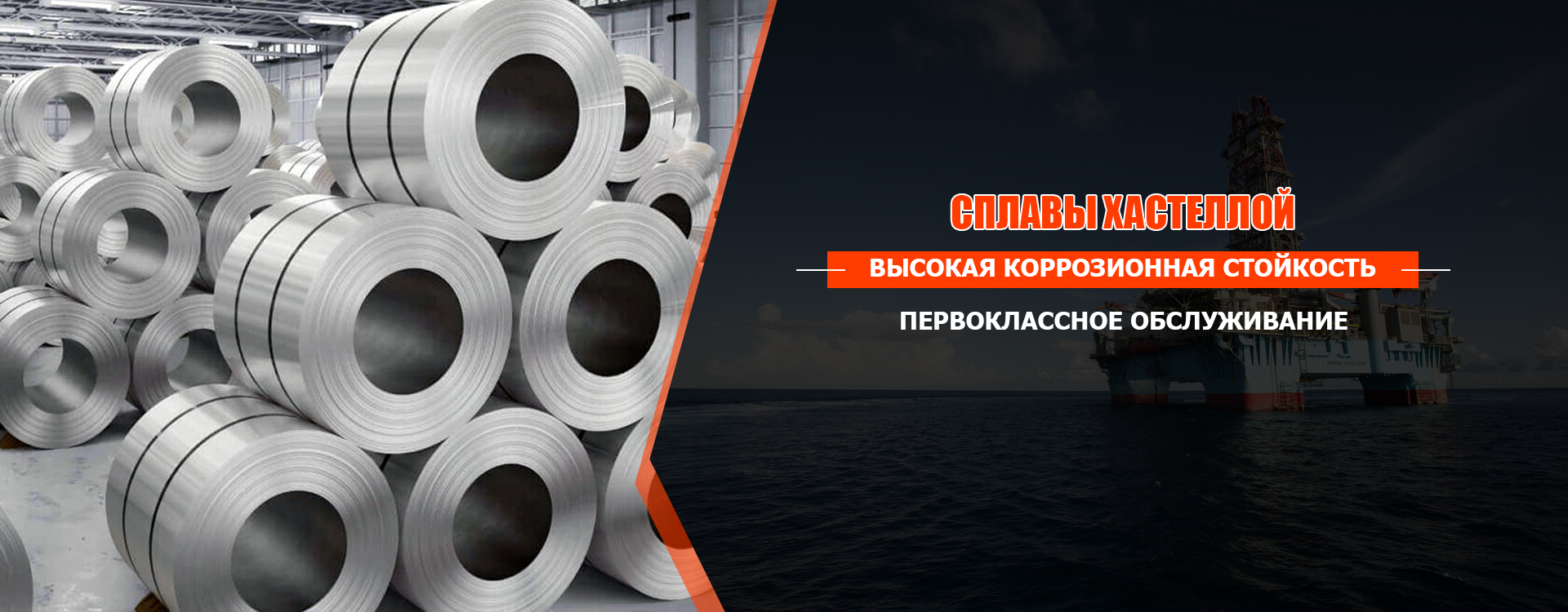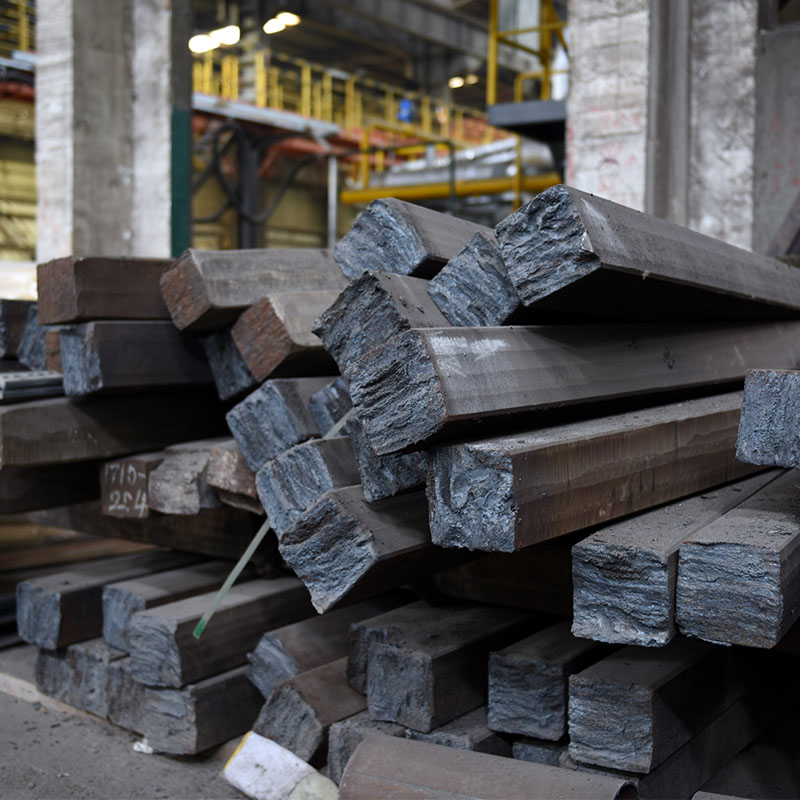
316L (n)
316L (n)
316L (N) is a special type of stainless steel, which is widely used in various fields. In simple terms, this is a type of steel that has increased corrosion resistance and strength. Why is she so popular? The answer lies in its unique chemical composition.
Features of the chemical composition
The main difference of 316L (n) and other steels is the presence of a certain amount of chromium, nickel and molybdenum in it. These metals, like a protective shield, envelop the surface of the steel, preventing rust and other harmful influences to penetrate inside. In addition, the addition of molybdenum improves corrosion resistance in aggressive media, such as sea water or some chemical solutions. N in the designation means that steel is alloyed with nitrogen, which adds it even greater strength and resistance to corrosion.
Application in real life
316L (n) is used wherever high resistance to corrosion is required. Imagine the pipes used in sea equipment - they are made of this steel. Or medical instruments and implants - are also often made of 316L (n), because biological and resistance to biological media are critical characteristics. In the chemical industry, in the food industry, in the production of household appliances - wherever it is important to prevent corrosion and provide a long service life, 316L (N) is irreplaceable. Even in space, where the conditions are extreme, this steel is used in structures.
Advantages over other steels
Due to its unique composition, 316L (N) surpasses many other types of steels in resistance to corrosion and oxidation. This means that products from this steel will serve longer, and they will not need to be replaced or repair so often. Also, the increased strength inherent in this brand of steel allows you to create lighter and more durable structures. All this makes 316L (n) attractive for a wide range of applications, where it is important to ensure durability and reliability.
AppropriateProducts
Corresponding products
The best soldproducts
The best -selling products-
 High -temperature bearing steel G102CR18MO (9CR18MO)
High -temperature bearing steel G102CR18MO (9CR18MO) -
 Austenitic stainless steel n08367
Austenitic stainless steel n08367 -
 HH4169 frying alloy (in718)
HH4169 frying alloy (in718) -
 Dispersion-hardening stainless steel 630 (17-4ph)
Dispersion-hardening stainless steel 630 (17-4ph) -
 Superfisted stainless steel 316L-uhp-a
Superfisted stainless steel 316L-uhp-a -
 (Super) High -strength steel A100
(Super) High -strength steel A100 -
 Duplex steel 2205 (F60)
Duplex steel 2205 (F60) -
 Alloy Monel 400 (N04400)
Alloy Monel 400 (N04400) -
 Alloy Inconel 625 (N06625)
Alloy Inconel 625 (N06625) -
 Histella alloy C-276 (N10276)
Histella alloy C-276 (N10276) -
 Alloy Incola 825 (N08825)
Alloy Incola 825 (N08825)
Connectedsearch
Related search- Chinese suppliers Inconel 690
- Hastella C-276 rafting plants in China
- Chinese suppliers of special stainless steel
- China Suppliers of Materials from Inclel
- The corrugated pipe made of stainless steel 25mm
- Manufacturers Inconel 600 in China
- Factories that buy Inconsel N06625
- Inconsel 625 composition
- Manufacturers of Hastello C276
- Buy corrosion-resistant stainless steel and alloys factory





